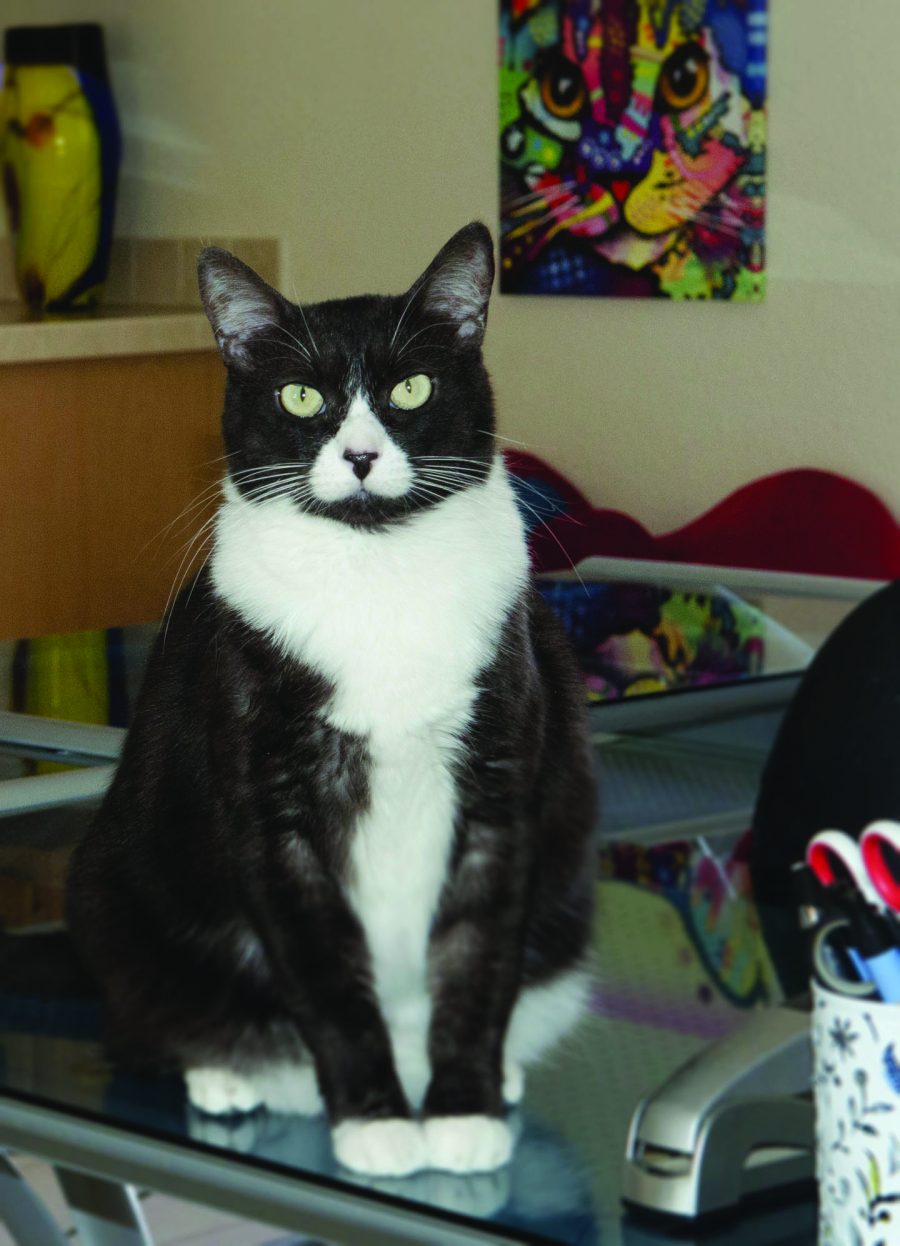Traveling? Consider these Doggie Travel Essentials!
Pet first aid kit. Going on a long road trip? Don’t leave without a well-stocked doggie first aid kit. Items like tweezers, saline solution, blood clotting powder, bandages, and cold packs can ease your dog’s pain until you get to a vet.
Car safety equipment. Don’t hit the road without a stress-tested travel harness or a thoroughly secured dog carrier or booster seat. You’ll keep your dog safer—and yourself distraction-free.
Life preservers. Are water adventures on the agenda? Remember to bring a life jacket for your dog. Look for high buoyancy, sturdy material, easy-lift handles, and a comfortable fit.
Portable dog crates. Easy and light to transport, these folding-frame crates with removable fleece pads provide a snug bed away from home. Great for camping and overnight stays at pet-friendly hotels or friends’ houses.
Are You Making This Summer a Stay-cation?
With both your kids and your dog home all summer, consider arranging games and activities that kids and dogs can enjoy together. Here are some ideas to get the fun started.
Build a homemade mini agility course. You can create a fun playground right in your own backyard using hula-hoops, kids’ play tunnels, mini pools, poles, and whatever else you can think of. Get the kids involved and stage little competitions. Your dog and your kids will love it, and you get to enjoy how tired everyone gets from all that fun.
Go on an outdoor adventure. Both dogs and kids are natural explorers, so why not arrange an expedition? A hike on a nature trail or through a city park can be much more fun if you pretend to be intrepid explorers. Find and study plants, insects, or pond life, feed birds (where it’s allowed, of course), create nature art, or arrange a picnic in the open.
Make a play date. Get together with other parents and their kids, two- and four-legged. Depending on the age and temperament of both kids and dogs, this could mean interspecies play or an opportunity for kids to play while dogs romp with each other. Team up with fellow parents to share supervisory duties.
Smaller kids? Opt for parallel activities. With younger children, you have to supervise at all times (for your dog’s safety as much as for your kid’s), but you can still have fun together. Make your dog a yummy Kong and challenge your kid to draw your dog or practice reading skills by reading a book to the pooch while she eats. Or have your child blow dog-friendly bubbles; your dog will love trying to catch them, especially if they’re bacon flavored.
Want to Try Something New?
Sign up for a class. Indoor training classes provide you and your furry companion activities that can be practiced at home. Obedience, scent work, and Rally-O are just a few of the classes that can be practiced indoors as well as outside.
What is Rally-O? It’s a fun, energizing, less formal version of traditional obedience trials. The concept of Rally-O sprung from the practice of doing a variety of interesting freestyle exercises as warm-up before an obedience competition, and the name derives from rally-style auto racing, another sport that encourages creativity. In Rally-O, the handler and her dog navigate a course of 10 to 20 stations (depending on the level), each marking an exercise, like heel, stand, turn, sit, and back up. The handler is allowed to talk to and encourage her dog along the way, use hand signals, and go through the course along a designated route on her own without a judge calling out the exercises.
Make this summer a safe, fun and exciting one, not only for your dog but for your whole family!
Lori Wainio-Carman, VSPDT, professional dog trainer and owner of Dream Dogs, has been successfully training for over
20 years. 760-899-7272, www.dreamdogs.com

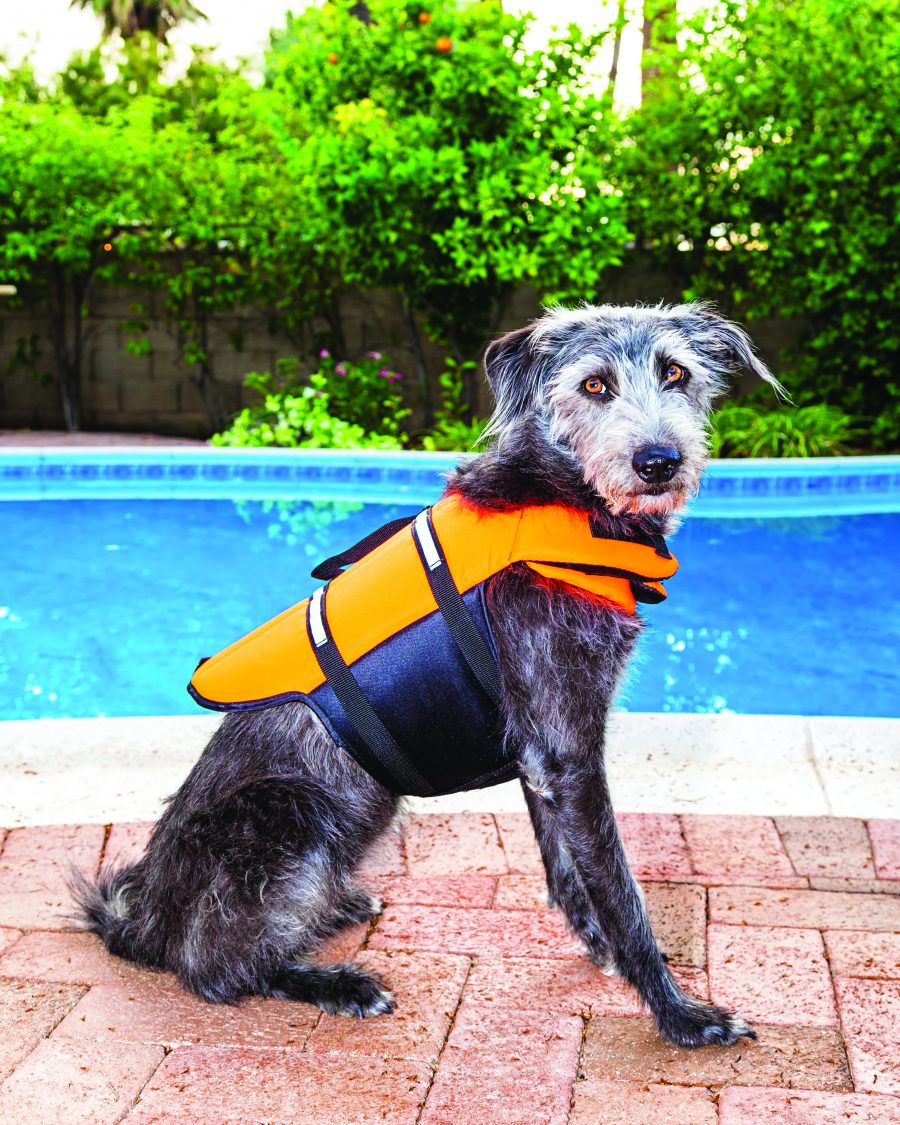

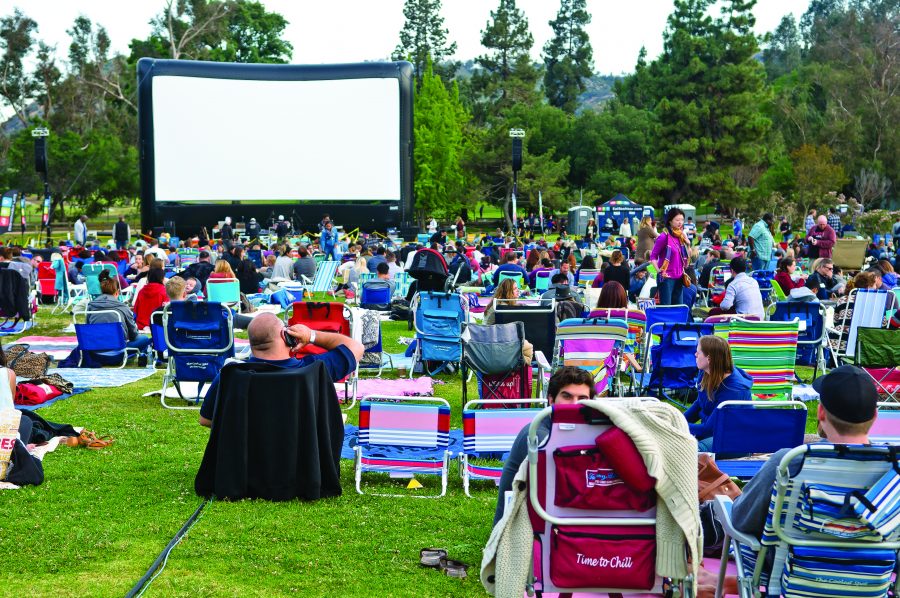

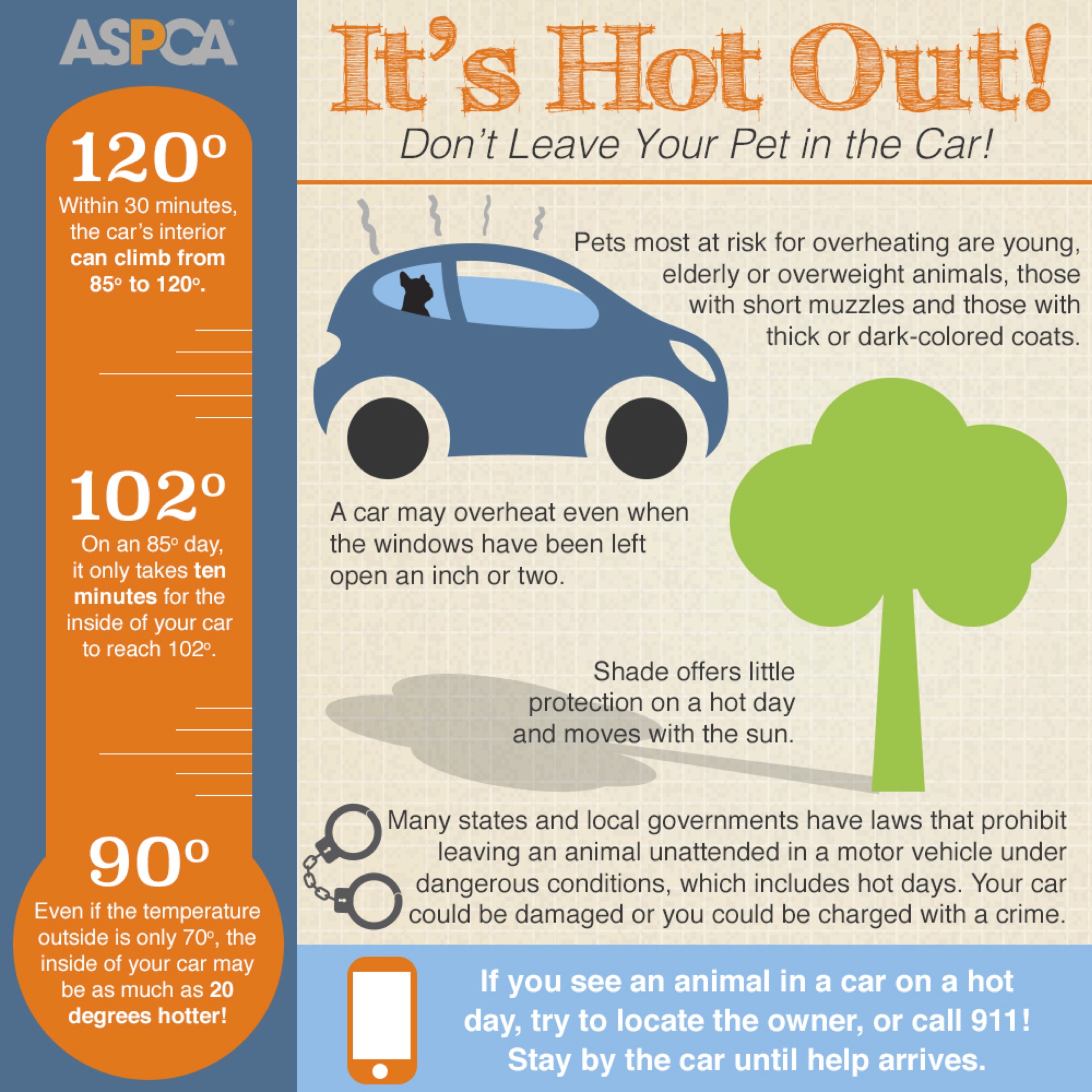
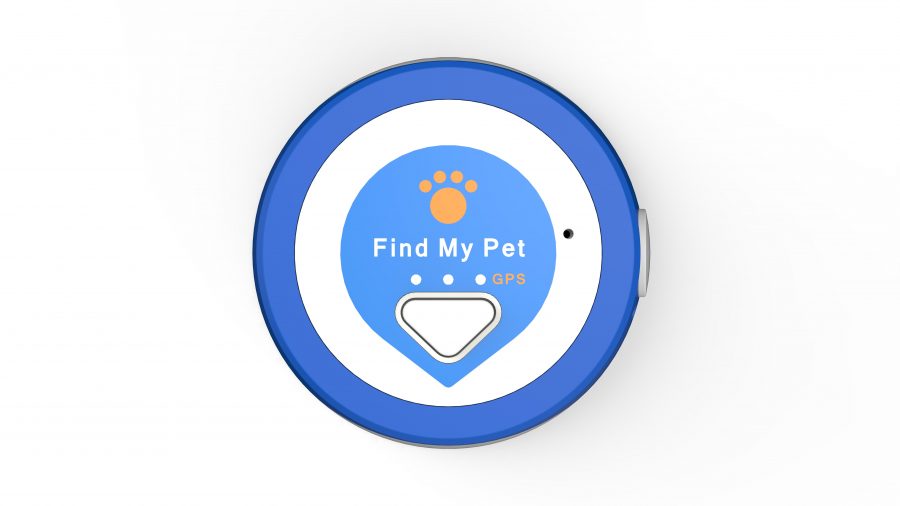
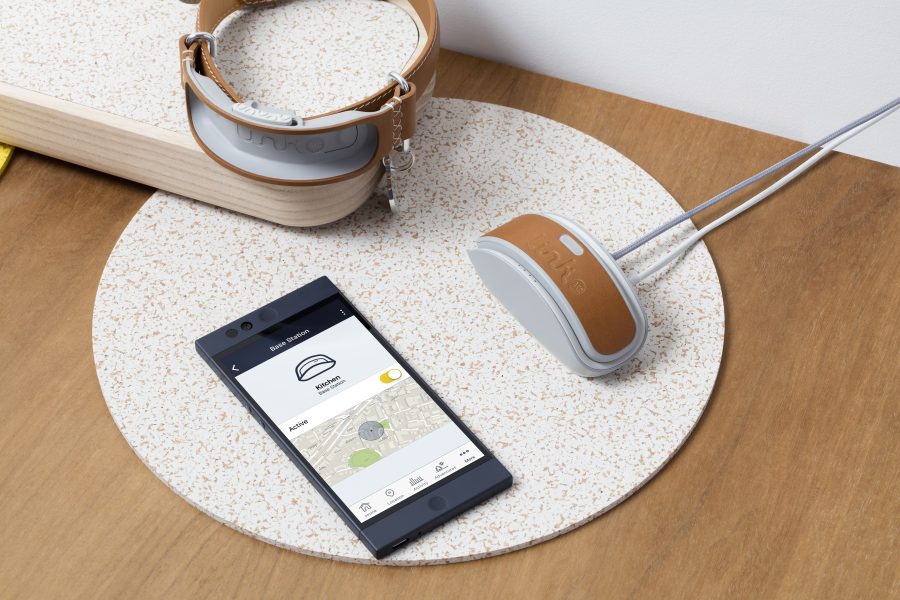
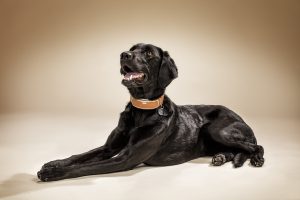
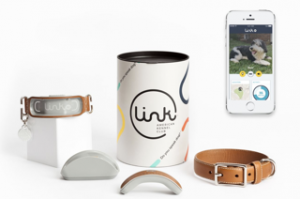

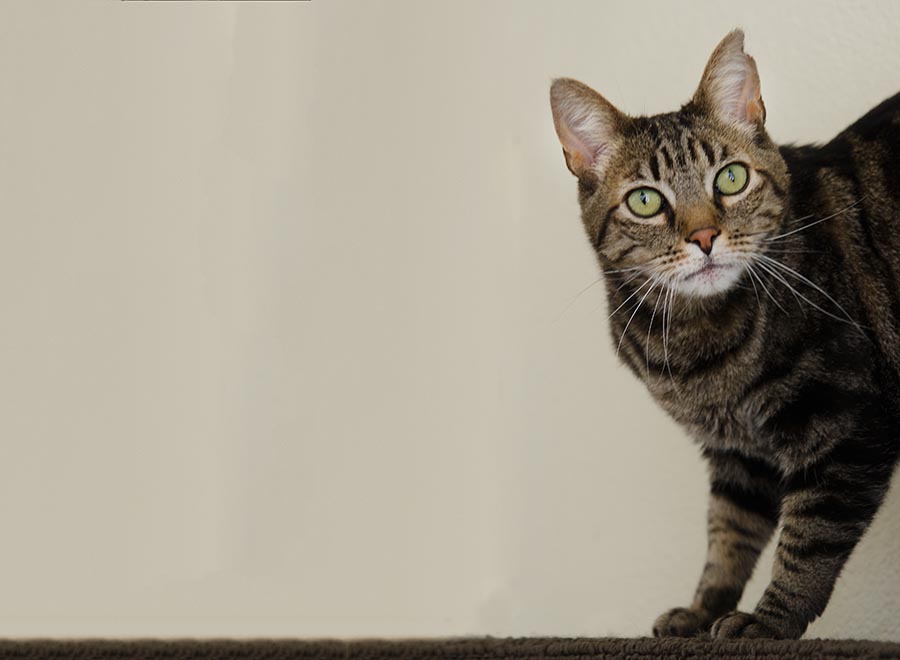
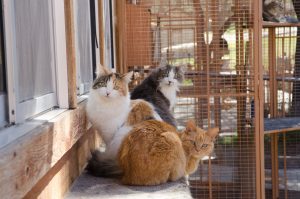
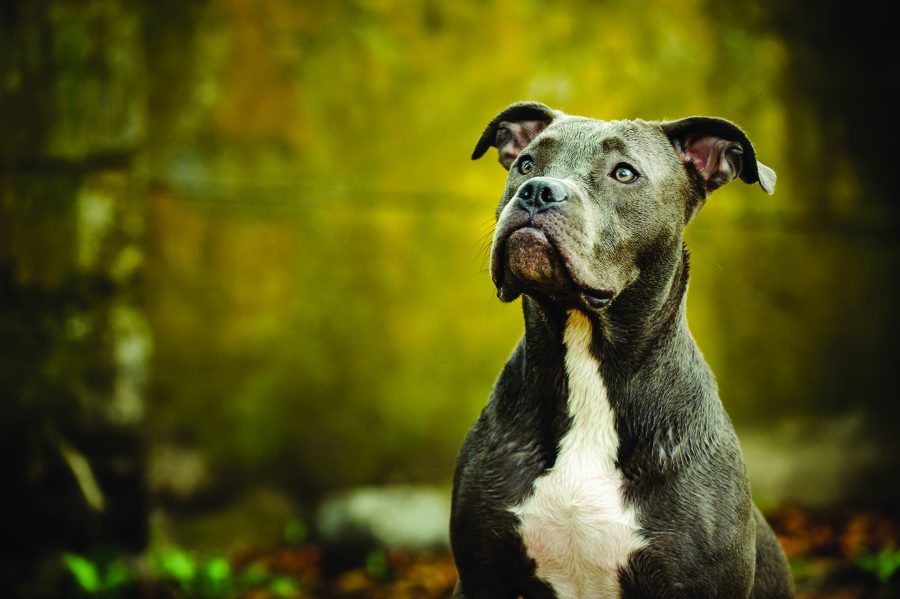
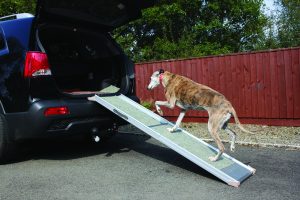

 The stars are out … the air is clear. Thousands are gathered in chairs and on blankets under the night sky, enjoying the live music as they dine on cuisine that is freshly prepared and hot out of the kitchen. A white movie screen stands at the front, 3-1/2 stories tall and 60 feet wide. With 15 to 30 thousand lumens of projection and Line RA sound (a system custom built to create sharp, crisp sound outdoors), the packed audience knows it’s in for a treat. A hush falls as the movie begins, and many of the audience members circle three times on their blankets, then lie down with a contented sigh.
The stars are out … the air is clear. Thousands are gathered in chairs and on blankets under the night sky, enjoying the live music as they dine on cuisine that is freshly prepared and hot out of the kitchen. A white movie screen stands at the front, 3-1/2 stories tall and 60 feet wide. With 15 to 30 thousand lumens of projection and Line RA sound (a system custom built to create sharp, crisp sound outdoors), the packed audience knows it’s in for a treat. A hush falls as the movie begins, and many of the audience members circle three times on their blankets, then lie down with a contented sigh.